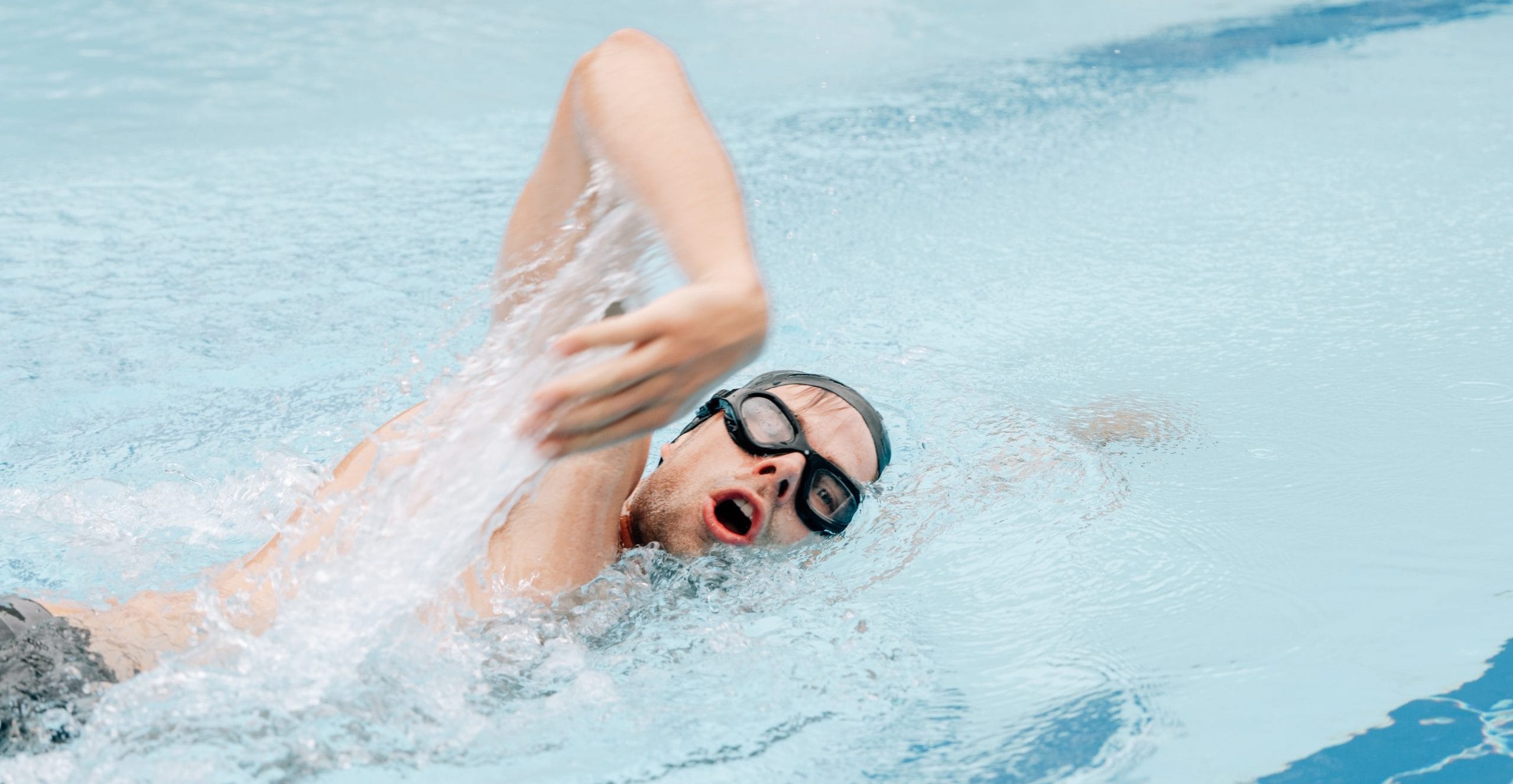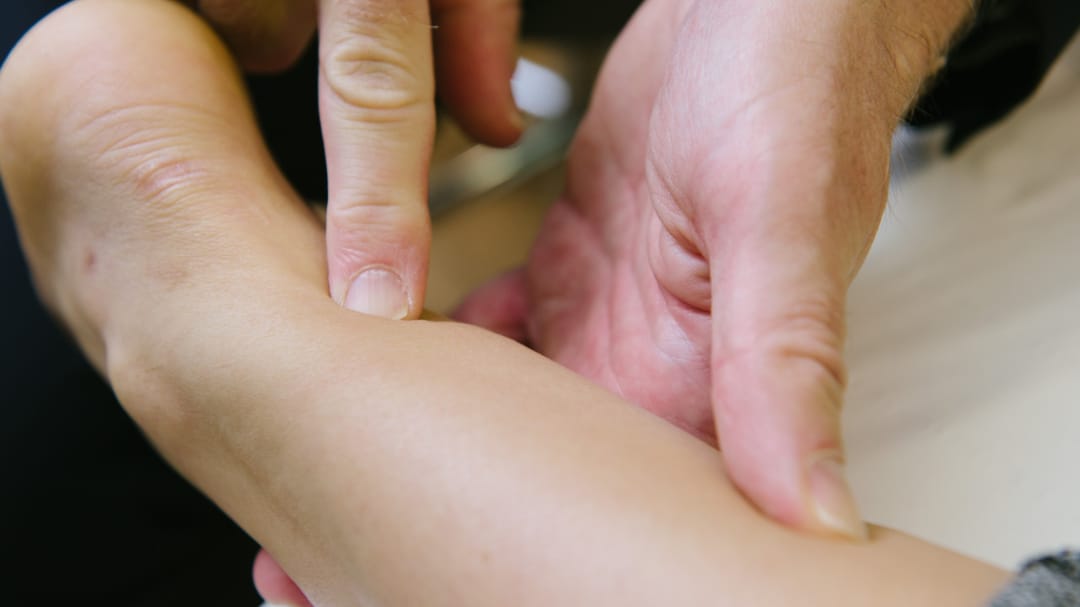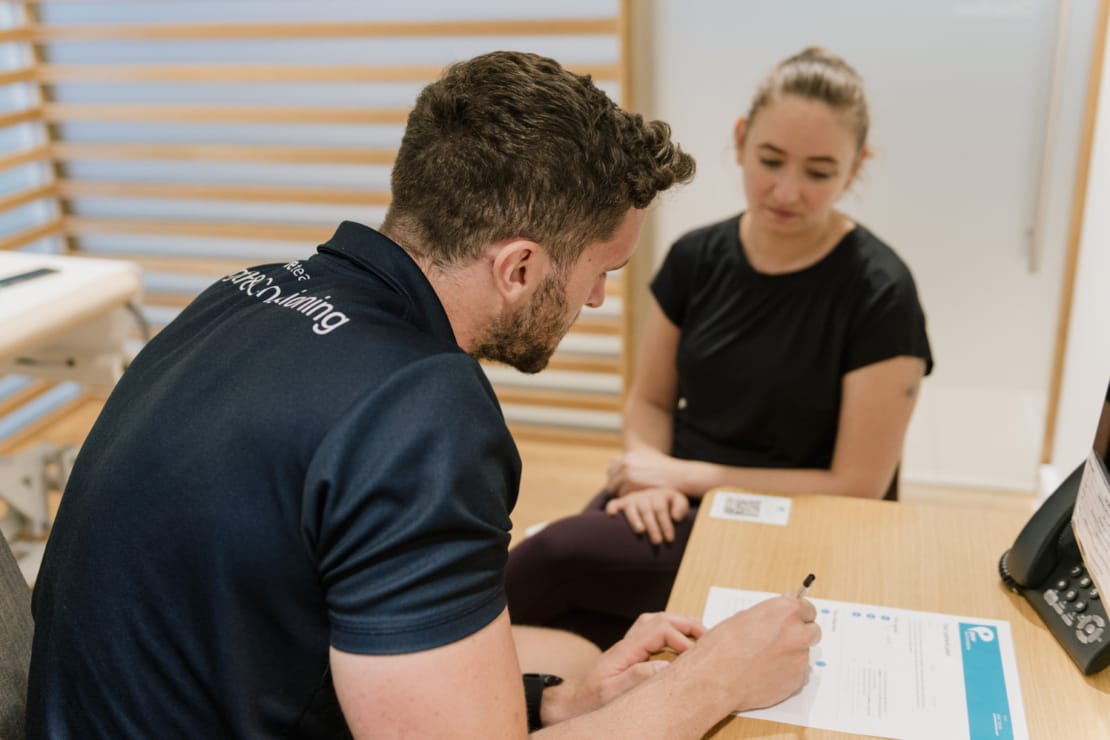Cupping Therapy: Benefits, How It Works & Does It Help?

Dr Theo Farley
Physiotherapist
- 21 September, 2018
- Soft Tissue Therapy
- 3 min read
Despite Michael Phelps majestically collecting his 23rd Olympic medal, the most pertinent question and hype seems to be around “what on earth were those purple bruises on his shoulder and back?!

Team USA paintballing in their downtime? Unlikely. Love bites going around the Olympic Village? Possibly. The best tweet – and clearly tongue in cheek – was questioning whether he’d fallen asleep on his medal collection! So I’m going to try and explain the experience I have of “Cupping Therapy” and how it works.
What is it?
It’s a form of therapy that’s been used in Traditional Chinese Medicine (TCM) for anything between 1000-3000 years (depending on the source) and common place in the Middle East.
A sterilised cup (usually plastic or glass) is placed over a muscle or body area and an area of negative pressure is created by using a handheld pump or a small lit flame can be used to extinguish the oxygen and thus creating a vacuum. As the skin and underlying connective tissue is lifted, blood is seen to be drawn to the surface and leaving a purple circle mark for 7-14 days. The cups can then be left for 5-20mins or some practitioners will use a “gliding technique” which entails moving the cup gently across the skin causing a “flossing” effect of the multiple layers of tissue beneath the skin. You can read a little more about it here.
How does it work?
The hypotheses include the increased mobility of blood flow and body fluids such as lymph which may have been left “stagnant” in an area of poor circulation, reduce pain, muscle tension and spasm, improves sense of well being (possibly due to the aforementioned), and if you believe in Eastern theories, it will stimulate and restore the flow of Qi (the Body’s Natural Energy system) and thus promoting healing of the body from within. Some users will also suggest it helps with respiratory diseases such as asthma and pneumonia but it’s more commonly used for musculoskeletal conditions such as low back, neck and shoulder pain.
Consequently, athletes looking for the extra edge, where fine margins are the difference between silver and gold, believe using such tools have aided quicker recovery times between training sessions and races, and without resorting to substances on WADA’s banned list!
Does it work?
Empirically yes it does work for a wide range of musculoskeletal conditions in my experience. However, there is a limited number of rigorous clinical trials supporting its use and the underpinnings explaining how it works.
A randomised control pilot study (Lauche et al., 2011) demonstrated significantly improved neck pain scores and pressure pain thresholds in patients – with chronic neck pain – who received 5 treatments.
Another recent randomised control trial (Chi et al., 2016) demonstrated similar improvements in neck and shoulder pain in 30 subjects receiving cup therapy compared to the 30 who did not receive it.
Yet both studies had their limitations (such as the quality of the study) and flaws (such as low number of subjects) which leaves one to remain in need of more high quality studies to gain more accreditation in mainstream medicine, as acupuncture has done over the years.
Anecdotally, I believe it does help with pain modulation and desensitising of the nervous system. This in turns enables patients to move more freely and with more confidence. I also tend to do it whilst facilitating movement which appears to have a greater effect on myofascial mobility. Moreover, it appears to be inversive to massage, in that a gentle lifting of tightened soft tissue rather applying a downward pressure onto it appears to give much relief to patients. Ultimately, using it in conjunction with other modalities such as movement therapy, exercise and nutritional modifications is when I’ve seen it being most beneficial. The effects of placebo cannot be ruled out – but it’s certainly worked for other high profile athletes like Andy Murray and Floyd Mayweather Jnr to date…
How might it feel?
Most recipients describe it a sensation of tightness, pulling, pressure and warmth. Whilst it should not be painful, it is not uncommon to have a mild amount of discomfort. The after effects can range from a sense of feeling “lighter” in the treated area, lasting warmth and improved general well being. More importantly, it is non-invasive should side effects should be minimal, except for the slight discolouration which can last for 7-14 days.
If you want to find out more about cupping or other soft tissue therapy methods check out book an appointment.

Advice
Over the last 20+ years our experts have helped more than 100,000 patients, but we don’t stop there. We also like to share our knowledge and insight to help people lead healthier lives, and here you will find our extensive library of advice on a variety of topics to help you do the same.
OUR ADVICE HUBS See all Advice Hubs

